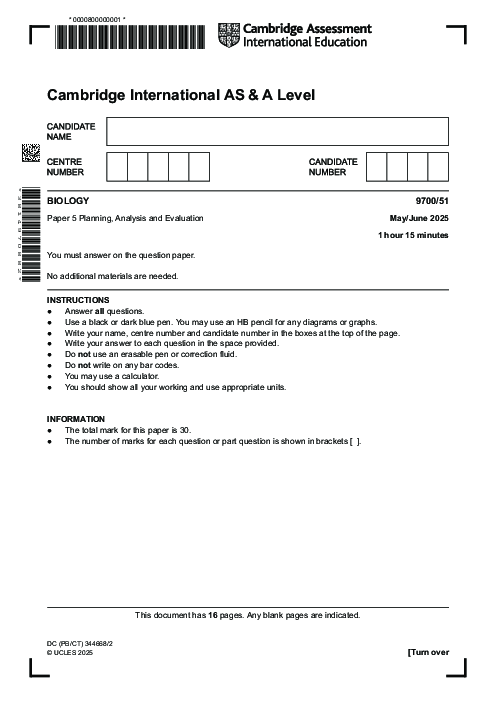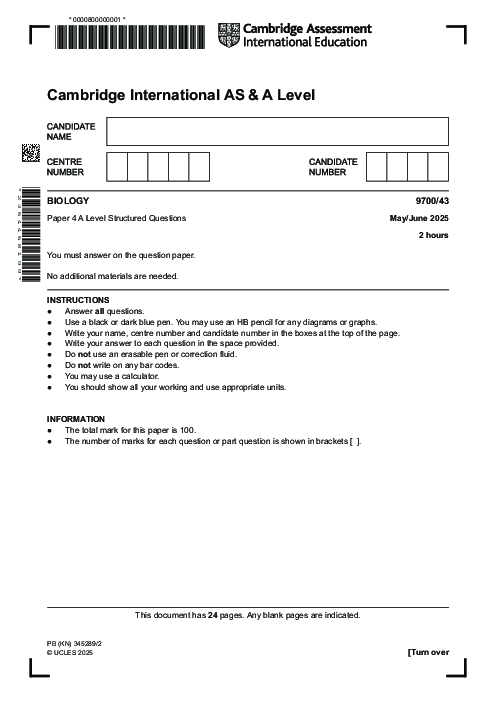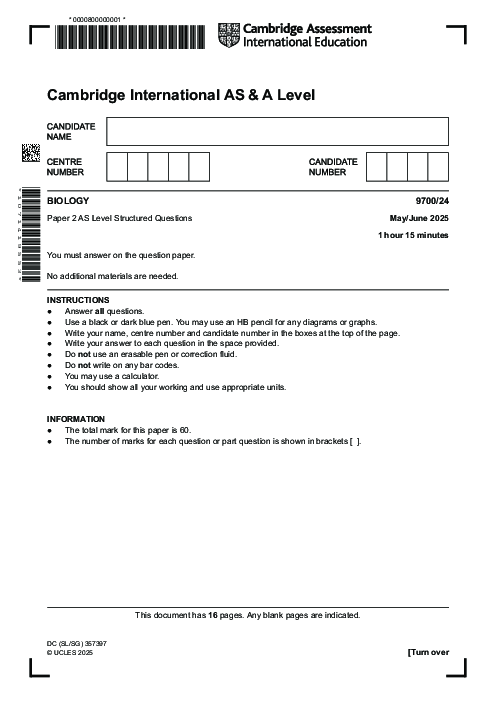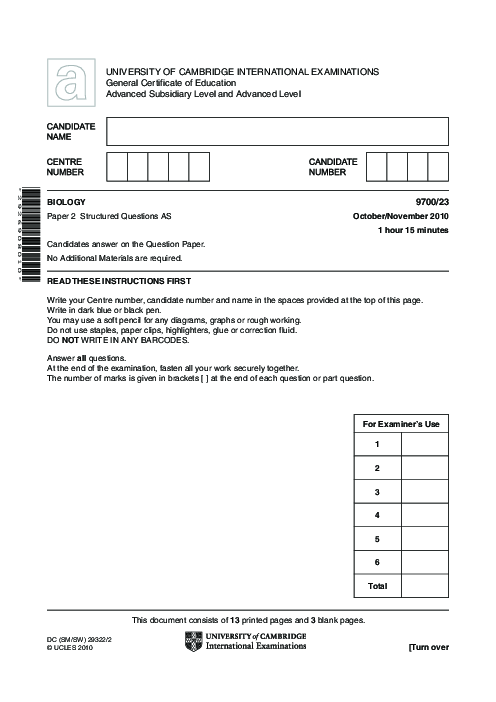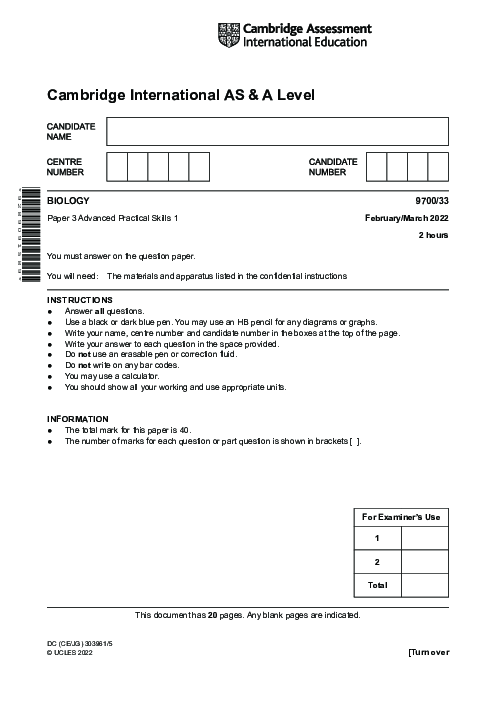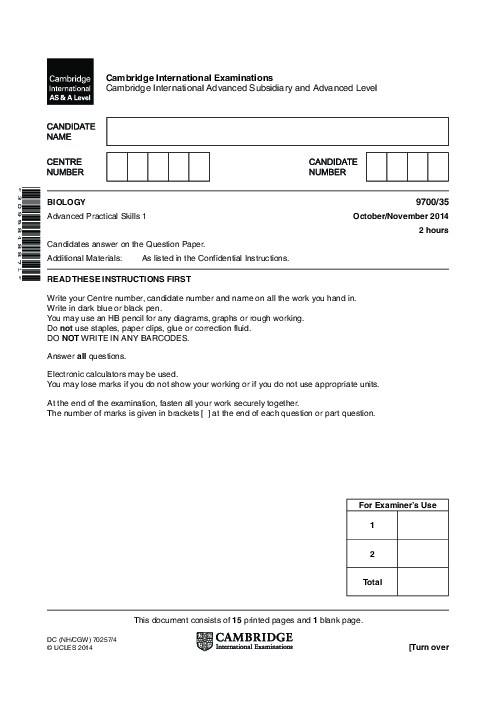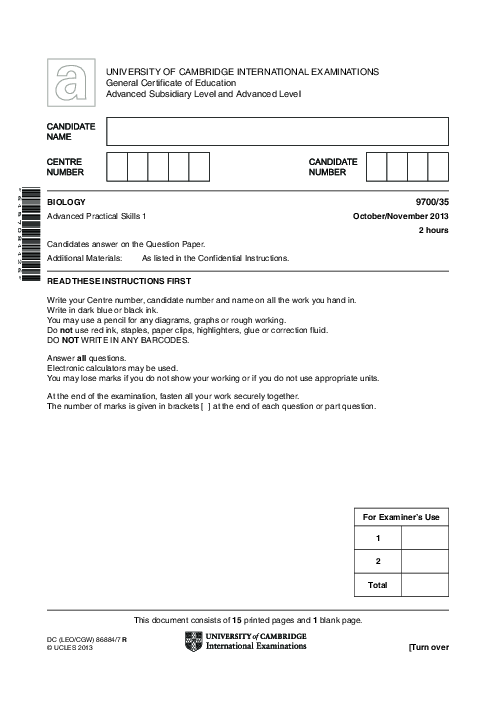Liver cells contain membrane-bound organelles called peroxisomes, which contain the enzyme catalase. This enzyme hydrolyses hydrogen peroxide into water and oxygen gas.
A student cut two identical sized pieces of liver and placed one in a refrigerator at ${5^ \circ }C$ and the other in a freezer at $ - {18^ \circ }C$.
After 12 hours both pieces were raised to room temperature and placed in equal volumes of hydrogen peroxide.
The liver that had been at $ - {18^ \circ }C$ produced bubbles of oxygen more rapidly than the liver that had been at ${5^ \circ }C$.
Which statement explains why the liver that had been at $ - {18^ \circ }C$ produced bubbles of oxygen more rapidly than the liver that had been at ${5^ \circ }C$?
1 )
At ${5^ \circ }C$ the cell surface membrane allowed water to enter cells and dilute the catalase.
2 )
Freezing at $ - {18^ \circ }C$ made the cell walls more permeable to hydrogen peroxide.
Ice crystals damaged the cell membranes of the liver cells at $ - {18^ \circ }C$.
4 )
The higher temperature had denatured some of the catalase.
تحلیل ویدئویی تست
منتظریم اولین نفر تحلیلش کنه!


